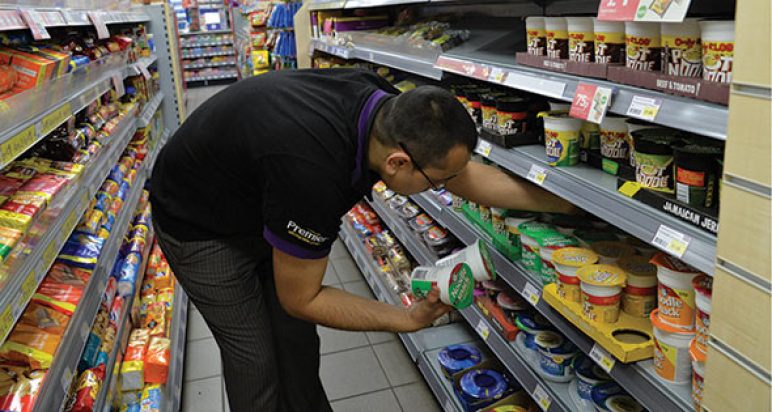New forecasts from IGD have revealed the UK convenience market is set to grow by £6.9bn in the next five years, to reach £48.2bn by 2024.
The channel will benefit from lots of new store openings over the period, helping to fuel a compound annual growth rate of 3.1%.
Patrick Mitchell-Fox, Senior Business Analyst at IGD, said: “While we expect relatively muted store development across the sector as a whole in the next two years, with the sector undergoing a period of consolidation, we forecast key segments – in particular co-operatives, multiples and symbols – to benefit from strong store growth again from 2021.”
Reviewing the current year in convenience, Mitchell-Fox said: “After a stronger 2018 (+3.2%), total convenience sales are expected to grow by 2.6% in 2019. This growth is being led by the co-operatives segment above all, driven not only by a focus on opening new stores, but also by outstanding like-for-like performance underpinned by strong private label development, better fresh and chilled ranges and more competitive value.
“Multiples, though still seeing solid growth, are now opening new stores at a more modest pace, targeting only those sites with the best potential.
“Meanwhile, after a year of slower growth, the symbols segment is beginning to pick-up again, though it remains restrained as it stabilises after a period of notable disruption and instability.”
With the average shopper spending just under eight minutes in a convenience store, IGD identified three factors shaping the future of the UK convenience channel that will enable stores to give the shopper what they need, as quickly as possible.
- Driving top-up shopping: With 54% of shoppers citing a top-up shop the reason for their most recent visit to a convenience store, this remains by far the most frequent reason people shop in this channel. However, retailers have traditionally struggled to implement ranges in-store with enough scope to meet a variety of shopper needs in a way that is space-efficient and quick to shop. Increasingly, retailers are using shopper data to better understand these needs. And in-store, flexible fixtures and small packs sizes are being introduced to optimise space.
- Attracting new shoppers: With food-to-go and takeaway coffee now well-established features of c-stores, retailers are increasingly looking to build new merchandising focuses into store layouts, with coffee stations growing in importance as the destination for hot drinks and related purchases.
- Evolving the ‘mission-based’ shop: While the lunchtime meal deal is a familiar and successful driver of food-to-go purchases, similar deals are taking a bigger role in how shoppers are using convenience stores, such as meal for tonight. As well as creating value for shoppers, these offers help with the speed of decision-making. Furthermore, frozen meal deals also encourage participation amongst independent retailers with limited chilled space.







